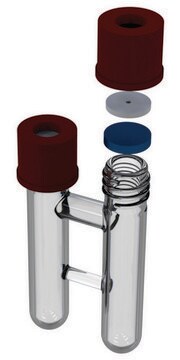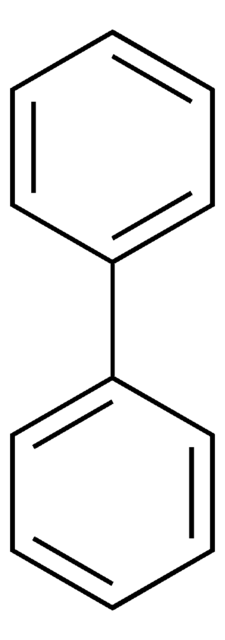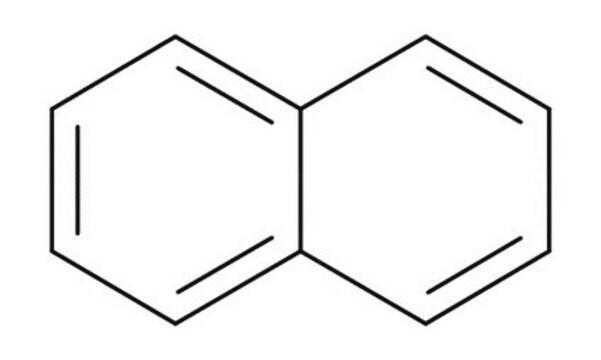01422
Melting point standard 79.5-81°C
analytical standard
Synonyme(s) :
Naphthalene
About This Item
Produits recommandés
Qualité
analytical standard
Niveau de qualité
Densité de vapeur
4.4 (vs air)
Pression de vapeur
0.03 mmHg ( 25 °C)
Température d'inflammation spontanée
978 °F
Durée de conservation
limited shelf life, expiry date on the label
Limite d'explosivité
5.9 %
pb
218 °C (lit.)
Pf
79-81 °C (±0.3°C)
80-82 °C (lit.)
Application(s)
food and beverages
pharmaceutical
Chaîne SMILES
c1ccc2ccccc2c1
InChI
1S/C10H8/c1-2-6-10-8-4-3-7-9(10)5-1/h1-8H
Clé InChI
UFWIBTONFRDIAS-UHFFFAOYSA-N
Vous recherchez des produits similaires ? Visite Guide de comparaison des produits
Catégories apparentées
Description générale
Application
Additionally, this mp standard is also used as a temperature calibration standard in thermal studies.
Caractéristiques et avantages
- Melting point calibration standard traceable to primary standards (LGC, London)
- Grade: Analytical Standard
- Standard deviation up to ± 0.3 °C
- Provided with certificates of analysis and safety data sheet
Mention d'avertissement
Warning
Mentions de danger
Conseils de prudence
Classification des risques
Acute Tox. 4 Oral - Aquatic Acute 1 - Aquatic Chronic 1 - Carc. 2 - Flam. Sol. 2
Code de la classe de stockage
4.1B - Flammable solid hazardous materials
Classe de danger pour l'eau (WGK)
WGK 3
Point d'éclair (°F)
173.3 °F - closed cup
Point d'éclair (°C)
78.5 °C - closed cup
Équipement de protection individuelle
Eyeshields, Faceshields, Gloves, type P3 (EN 143) respirator cartridges
Faites votre choix parmi les versions les plus récentes :
Déjà en possession de ce produit ?
Retrouvez la documentation relative aux produits que vous avez récemment achetés dans la Bibliothèque de documents.
Les clients ont également consulté
Protocoles
GC Analysis of PAHs on SLB®-5ms
US EPA Method 610 describes the analysis of polynuclear aromatic hydrocarbons (commonly referred to as PAHs or PNAs) by both HPLC and GC.
HPLC Analysis of PAHs on SUPELCOSIL™ LC-PAH
Technical article page on -US EPA Method 8015 (modified): GC Analysis of Gasoline Range Organics (GRO) on Equity®-1 after Purge & Trap using "M" Trap
Notre équipe de scientifiques dispose d'une expérience dans tous les secteurs de la recherche, notamment en sciences de la vie, science des matériaux, synthèse chimique, chromatographie, analyse et dans de nombreux autres domaines..
Contacter notre Service technique












